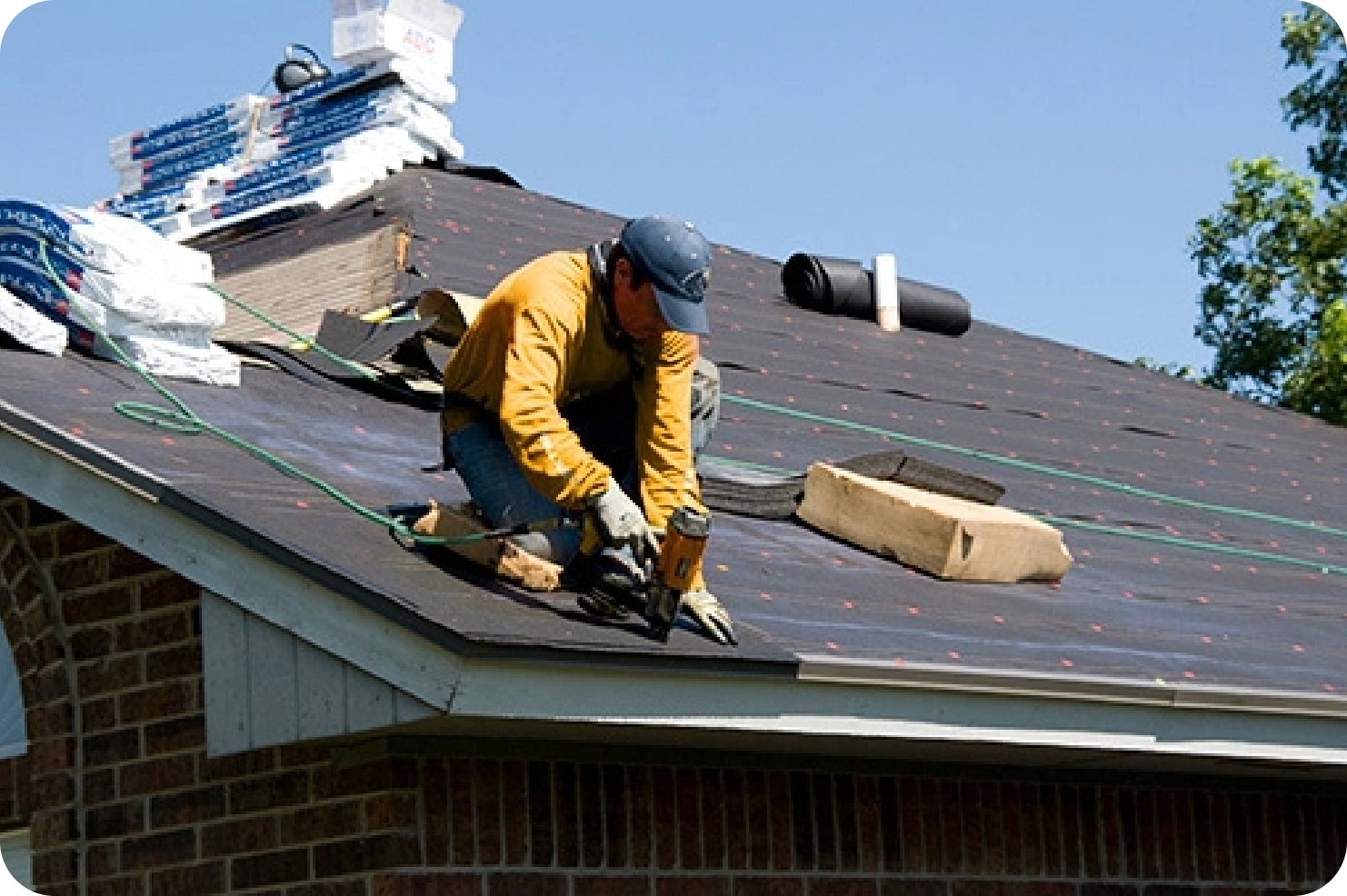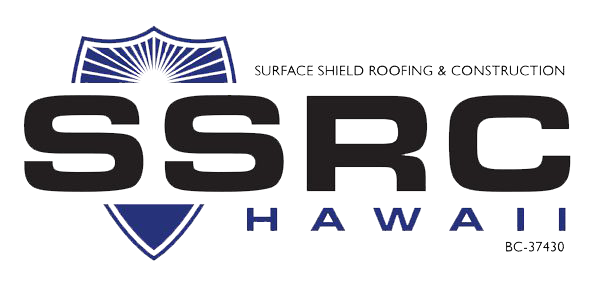Roofing Oahu: Top Quality Providers for Resilient Roofs in Oahu
Wiki Article
Understanding the Different Types of Roofings: A Comprehensive Overview for Homeowners
With an array of alternatives-- ranging from the traditional gable to the modern flat-- each type presents unique benefits and difficulties that ought to align with the home owner's ecological considerations and certain requirements. As we explore the details of different roof kinds, it ends up being apparent that one dimension does not fit all; the best selection might shock you.Saddleback Roof
Gable roofs, identified by their triangular shape, are amongst one of the most popular roof covering styles as a result of their simplicity and performance in losing water and snow. This layout features 2 sloping sides that fulfill at a ridge, enabling for reliable drainage and decreasing the danger of water buildup. The steep pitch frequently related to gable roof coverings improves their capacity to handle heavy precipitation, making them ideal for various climates.In enhancement to their useful benefits, saddleback roofs supply aesthetic convenience. They can be adjusted to various building designs, from conventional to contemporary homes. The style can also fit extra attributes such as dormer home windows, which enhance natural light and air flow in the attic room room.
Moreover, gable roofs give enough room for insulation, adding to energy performance. Homeowners can select from a selection of roofing materials, including asphalt roof shingles, metal, and ceramic tiles, additionally enhancing personalization alternatives.
Regardless of their advantages, gable roofing systems may require extra assistance in areas prone to high winds or heavy snowfall. In general, the gable roofing stays a favored choice due to its blend of functionality, resilience, and aesthetic allure.
Apartment Roofs
Level roofings are typically identified for their minimal style and practical applications, especially in business and commercial settings (oahu roofing). These roofing systems feature a almost horizontal or horizontal surface, which enables simple building and functional space utilization. While they might do not have the visual allure of pitched roof coverings, level roofing systems offer numerous advantages, particularly in metropolitan environments where making best use of room is criticalAmong the primary advantages of level roof coverings is their access. Property owners can utilize the roofing space for various objectives, such as rooftop yards, terraces, or photovoltaic panel installments. In addition, flat roof coverings are usually more economical to preserve and mount compared to their sloped counterparts, as they call for less materials and labor.
Typical products made use of for level roof coverings consist of built-up roof (BUR), changed asphalt, and single-ply membrane layers, each offering distinctive advantages. On the whole, level roofs serve as a functional and adaptable selection for lots of home owners and organizations alike.
Hip Roof Coverings
Hip roofing systems are characterized by their sloped sides that converge on top, developing a ridge. This style stands out from saddleback roofs, as all 4 sides of a hip roof covering incline downwards toward the walls, providing a more secure framework. The angle of the inclines can differ, enabling versatility in building aesthetic appeals and performance.Among the main advantages of hip roof coverings is their capacity to hold up against hefty winds and damaging climate condition. The sloped surface areas allow much better water drainage, lowering the risk of leaks and water damages. Furthermore, hip roofs supply boosted attic room area, which can be made use of for storage or even exchanged comfortable locations.
Nevertheless, building a hip roof can be extra costly and intricate than easier roof covering kinds, such as gable roofing systems. The additional product and labor involved in creating the slopes and guaranteeing appropriate structural stability can cause higher costs. Despite these disadvantages, many property owners prefer hip roofing systems for their resilience, visual appeal, and capacity for energy efficiency.
Mansard Roof Coverings
Mansard roofings, frequently identified by their special four-sided layout, function 2 inclines on each side, with the reduced incline being steeper than the upper. This building design, originating from France in the 17th century, is not only visually appealing but practical, as it makes the most of the usable room in the upper floorings of a structure. The high lower slope permits more headroom, making it an excellent choice for attics or loft spaces, which can be transformed right into living rooms.Mansard roofs are characterized by their versatility, suiting numerous building styles, from traditional to modern. They can be constructed with different materials, including asphalt shingles, slate, or metal, providing property owners with a variety of choices to match their preferences and budget plans. Furthermore, the design permits for the assimilation of dormer windows, enhancing natural light and ventilation in the top degrees.
However, it is important to think about the prospective disadvantages. Mansard roof coverings may require more upkeep due to the complexity of their design, and their high inclines can be challenging for snow and rainfall overflow. Generally, mansard roofings integrate beauty with practicality, making them a prominent option among homeowners looking for unique building attributes.
Lost Roofing Systems
As homeowners significantly look for simplicity and functionality in their building designs, lost roofings have become a popular selection. Defined by a solitary sloping airplane, a shed roof presents a minimal aesthetic that enhances various home designs, from contemporary to rustic.Among the primary benefits of a shed roofing useful link system is its uncomplicated building, which often equates to decrease labor and material expenses. This layout allows for effective water drain, reducing the danger of leakages and water damage. Furthermore, the upright incline provides ample space for skylights, enhancing natural light within the interior.
Lost roofs likewise use versatility in regards to usage. They can be properly incorporated into additions, garages, or outside Recommended Site frameworks like sheds and pavilions. Moreover, this roof style can fit different roofing products, including steel, asphalt roof shingles, and even green roofing systems, aligning with green initiatives.
Nonetheless, it is important to consider regional climate conditions, as heavy snow tons may demand adjustments to the roofing system's angle or structure. In general, shed roofing systems offer a practical and aesthetically pleasing option for homeowners looking to take full advantage of capability without jeopardizing style.
Conclusion


Gable roofs, defined by their triangular form, are among the most prominent roof covering styles due to their simplicity and efficiency in dropping water and snow. oahu roofing. The steep pitch frequently associated with gable roofings boosts their ability to handle hefty rainfall, making them suitable for different climates
While they might do not have the aesthetic charm of pitched roof coverings, flat roofing systems provide numerous benefits, especially in metropolitan settings where taking full advantage of area is vital.

Report this wiki page